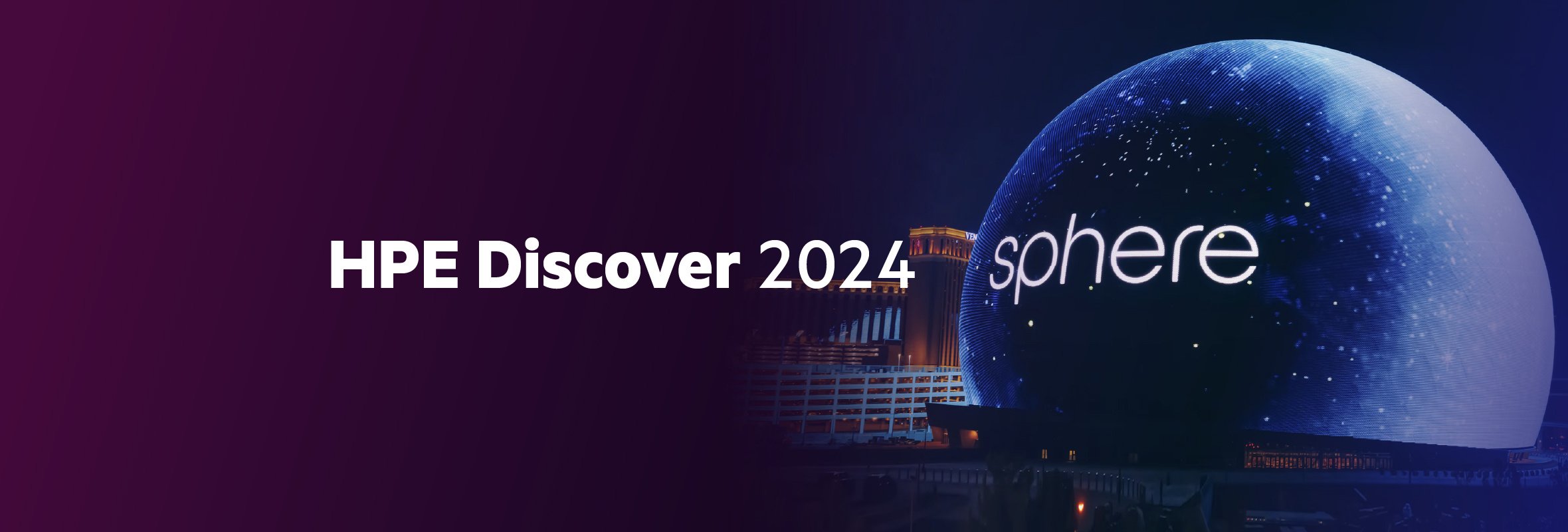It’s that time of year again. If you work in IT, you might be more excited about the upcoming AWS re: Invent show than attending holiday dinners and parties. The prognosticators are out in full force, foreshadowing what the cloud leader will unveil. The OpsRamp team has a few of our own predictions, as we head to Las Vegas. By the way – did you know that OpsRamp has integrations with AWS for monitoring and management?? Scroll down to the bottom of the post to see how we help IT leaders track and optimize AWS environments.
What to expect at re:Invent:
Hybrid cloud
Amazon has been hinting at a late 2019 release of its hybrid cloud offering, AWS Outposts, for a while now. We expect the company to announce the full-blown public availability of this service at the show. Outposts builds on the AWS Nitro system technologies that enable customers to launch EC2 instances and EBS volumes on the same AWS-designed infrastructure used in AWS data centers. Companies can run AWS Outposts on VMware Cloud or using AWS native technologies. TechTarget sums this up nicely: “It consists of server racks loaded with AWS software and is a fully managed offering, installed, operated and updated by AWS staff. Outpost machines will be continuously connected to a local AWS public cloud region.”
Databases
With a broad range of relational, non-relational, time series, in-memory and graph database engines, AWS is now the third largest database management systems vendor in the market. With Gartner predicting that 75% of all databases will be deployed to a cloud platform by 2022, the three leading cloud platforms are jockeying for cloud database dominance. AWS might announce a new hybrid database service that builds on its recent announcement of Amazon RDS on VMware so that enterprises can manage both on-prem and cloud databases in their AWS management console.
Open Source
Over the years, AWS has had an adversarial relationship with commercial open source vendors which have accused the company of monetizing open source projects without contributing back to the community. AWS has tried to change this perception by hiring industry veterans with deep open source roots, such as Adrian Cockcroft and Matt Asay, and by open-sourcing its valuable intellectual property with projects like AWS App Mesh and Firecracker. The 2019 AWS re:Invent even features an entire Open Source track where you can expect to catch announcements of new AWS open source projects and learn how AWS is deepening its partnerships with the open-source community.
More GPU-Accelerated Compute Instances
This year's re:Invent should see AWS introducing more powerful GPU-powered EC2 instances tailored for artificial intelligence, high performance computing, and graphics-intensive workloads. Enterprise architects can expect more memory, storage, bandwidth, and pricing options for cloud GPUs as AWS tries hard to cater to a diverse set of industry use cases.
OpsRamp and AWS
OpsRamp has full capabilities for enterprises to manage cloud applications built on the complete stack of Amazon Web Services (AWS) resources including EC2, EBS, ELB, Security Groups, AutoScale, Lambda, Aurora, Route 53, RDS, SNS, SQS, Redshift, and DynamoDB. Our integrations with AWS continue to evolve, enabling IT organizations to track all AWS instances in real-time, manage spend and solve issues in the Amazon cloud faster.
Here’s a quick rundown of key capabilities:
- Discovery: OpsRamp’s policy-based discovery onboards AWS cloud services and presents a 360-degree holistic view of the entire enterprise cloud environment. OpsRamp automatically applies cloud-specific metadata to uniquely identify each instance, so IT Ops can manage all identical instances within the same client. OpsRamp also supports discovery for specific AWS regions.
- Visibility: The OpsRamp dashboard includes cloud widgets to present an overview of your cloud assets and spend. IT can track spend by cloud account, region, type of cloud service and resources tagged with custom attributes and also receive alerts for budget over-runs. The platform automatically maps cloud topology to show relationships between cloud assets such as AWS VPC,RDS, EC2 instances as well as relationships between data center assets and public cloud.
- AWS Cloud monitoring integrations: OpsRamp can discover AWS S3 resources, monitor performance, and receive CloudWatch alarms and CloudTrail events from AWS S3 buckets.
- Database and Storage: OpsRamp provides detailed monitoring of cloud relational databases to track database performance natively. For AWS Relational Database Service (RDS), monitoring of the following databases are supported: MySQL, PostgreSQL, SQL Server, Amazon Aurora, MariaDB, and Oracle. The platform also discovers and monitors AWS Storage Gateways.
- DevOps integrations: The OpsRamp Fall Release featured provisioning and performance insights for AWS developer tools like CodeCommit, CodeBuild, CodeDeploy, and CodePipeline, enabling DevOps teams to track and address problems in their deployment pipeline.
- AWS IoT. Gartner forecasts that there will be nearly 6 billion enterprise and automotive IoT endpoints in use by 2020. The AWS IoT platform offers two-way communication between Internet-connected devices and the AWS cloud. OpsRamp offers visibility into the availability, connection time, publish time and other metrics within the AWS IoT platform.
If you’re headed to the show, be sure to register to attend our reception at The Mirage Hotel, and check out this ultimate guide to survival by Cloud Guru.
Next Steps:
- Meet the OpsRamp team at re:Invite at our reception with HPE at The Mirage.
- Follow OpsRamp on Twitter and LinkedIn for real-time updates and news from the world of IT operations.
- Schedule a custom demo with an OpsRamp solution expert.






